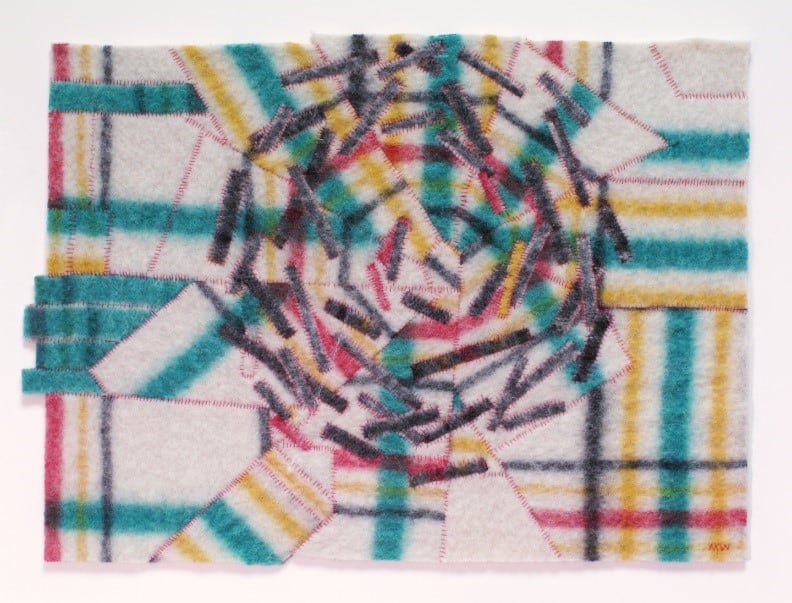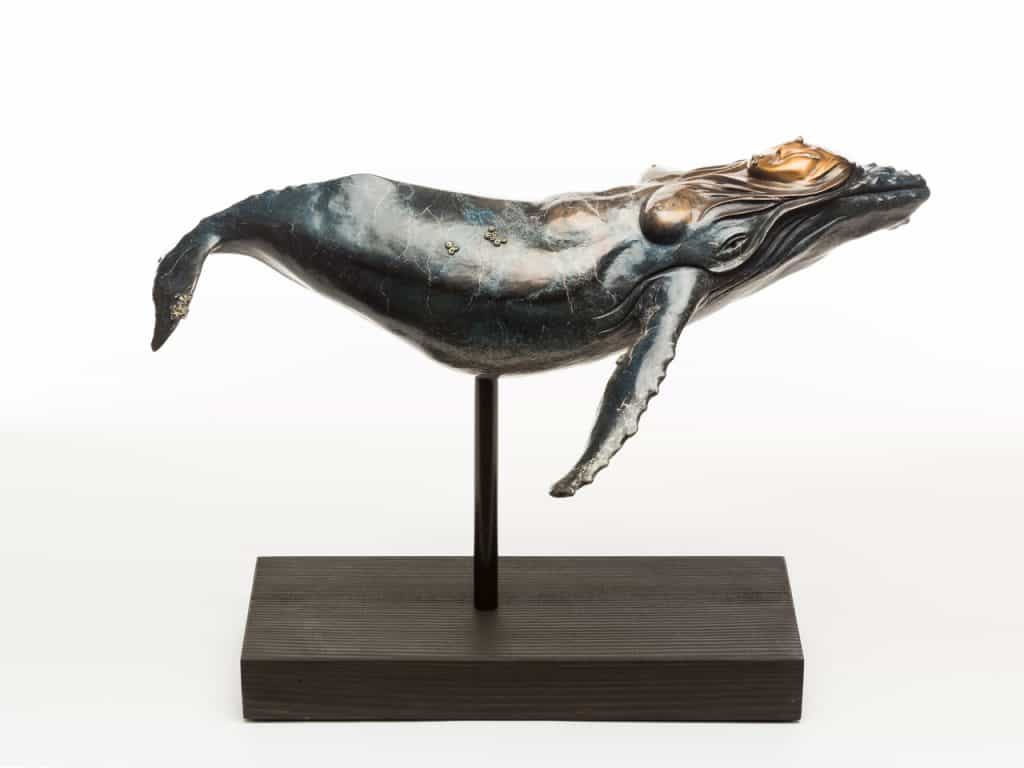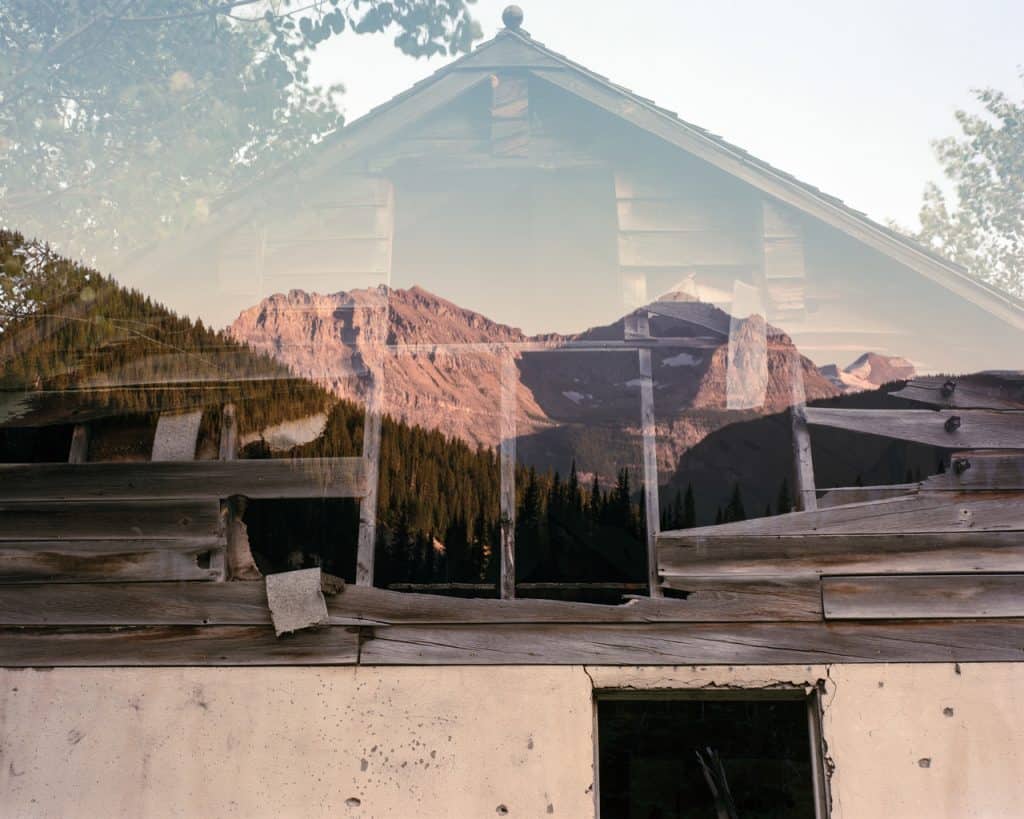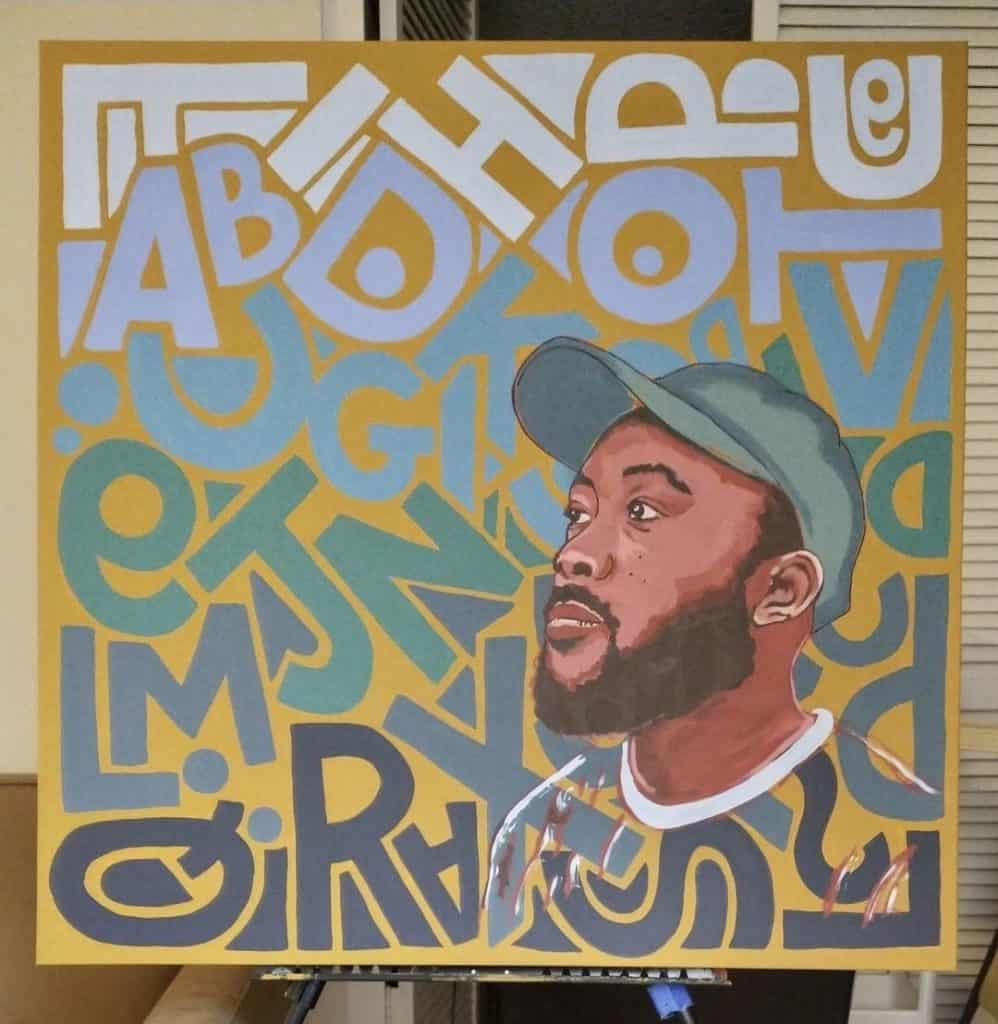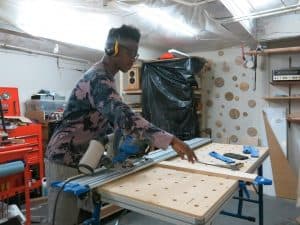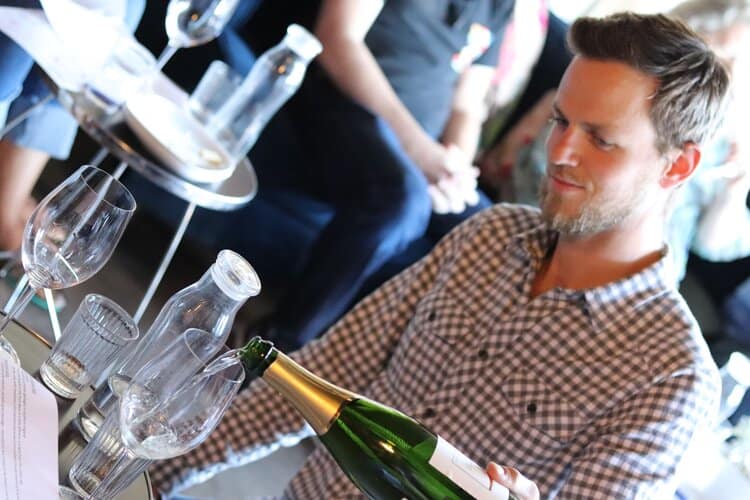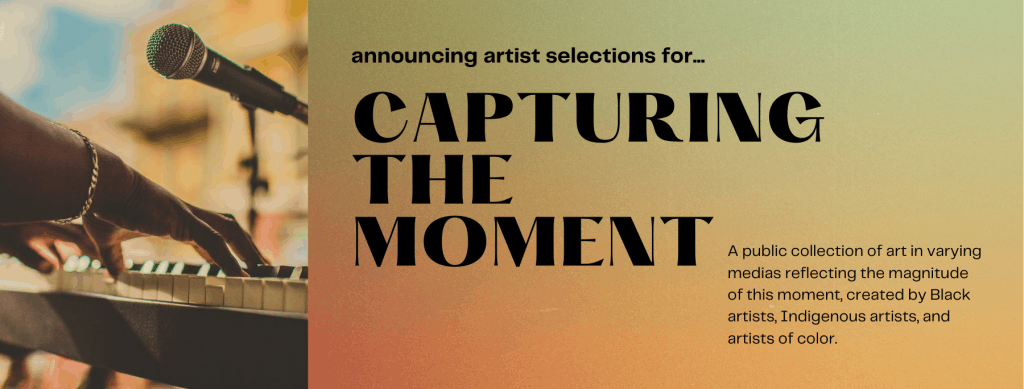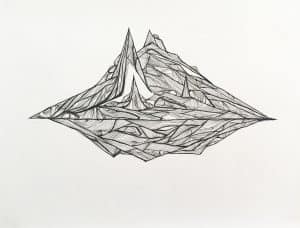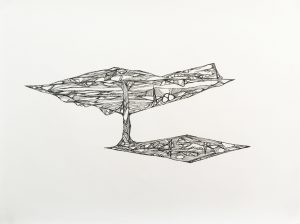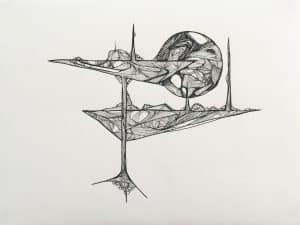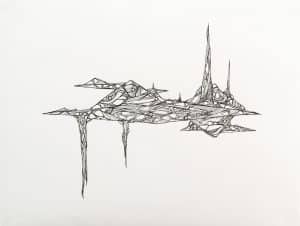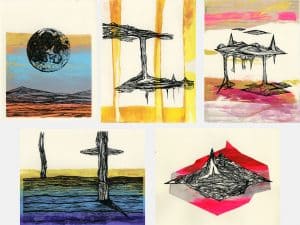Mami Takahashi is an artist with SUPPORT BEAM, a new RACC grant program supporting artists’ long term creative practice and livelihood.
These works are part of my “Seeing You/Seeing Me” project. “Seeing You/Seeing Me,” (previously titled “Hiding and Observing”) is an ongoing project in which I use mirrored domes to hide my body or face during random social interactions with strangers. The domes camouflage and obscure my physicality as an immigrant, and serve as a metaphor for the invisibility/visibility of an immigrant experience, being a foreigner struggling for US citizenship. In 2021-2022, I will be expanding this project into a participatory community project happening in multiple U.S. locations historically connected to the problematic immigration of this country, including Portland, OR; Rabun Gap, GA; North Adams, MA; Chicago, IL; Santa Fe, NM; and elsewhere.
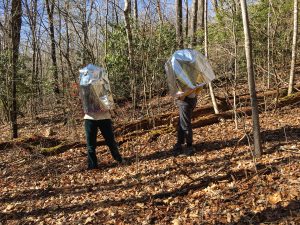
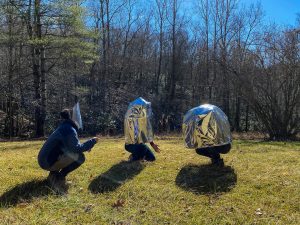
During my recent artist residency at Hambidge Center for Creative Arts and Science, Rabun Gap, GA, I met 8 artists from the east coast and southern U.S. It was my first time in the southern part of the U.S. I was kind of excited to meet other artists there right after the legendary GA election of 2020, while a bit nervous to be in a historically conservative state. After a few days of adjustment for me and for them with my accent, I reached out to two Atlanta-based artists to camouflage themselves inside personal domes, which I constructed at the residency. Within each mirrored dome, we were all visually obscured from the outside but still recognizable as human forms.

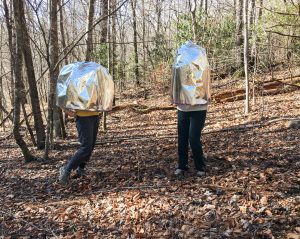
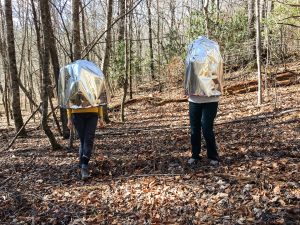
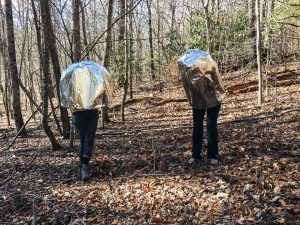
While in the individual domes, we talked about our thoughts on current and past immigrations including forced, unconscious immigration such as human trafficking, slavery, and Dreamers. The talk was recorded as source material for future sound art. The photographs, video, and recorded conversations from this residency will combine with other documentation from the upcoming performances in 2021-2022.
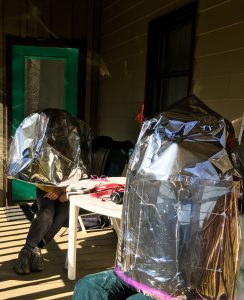
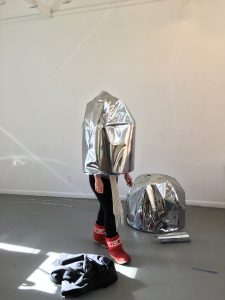
Within the country’s present political turmoil, immigrants’ subjective struggles have been quietly buried deep in the bustle of daily life, their accented voices casually brushed aside in loud public forums. This combination of audio recordings and other documentation allows for the full scope of the project to breathe – the full breadth of the complexity of immigrants in the U.S..
-Mami Takahashi
Images made during a recent residency in Camp Colton, OR. Photographer: Adian McBride. Artist support at Camp Colton funded by Stelo Art (previously known as c3:initiative).
More from the artist: mamitakahashi.art and on Instagram.
Mami Takahashi is an artist from Tokyo, currently based in Portland, Oregon. Using photography, performance, installation and urban intervention, her practice explores the complexities of being Japanese and a woman living in the US. The photographic works from the early development of the ongoing project, “Seeing you/Seeing Me”, are currently on exhibit at the Center for Contemporary Art and Culture, Portland, Oregon in an exhibition entitled The Unknown Artist, curated by Lucy Cotter.
For more updates and ongoing stories from Support Beam artists, follow along on Instagram at #RACCSupportBeam.


